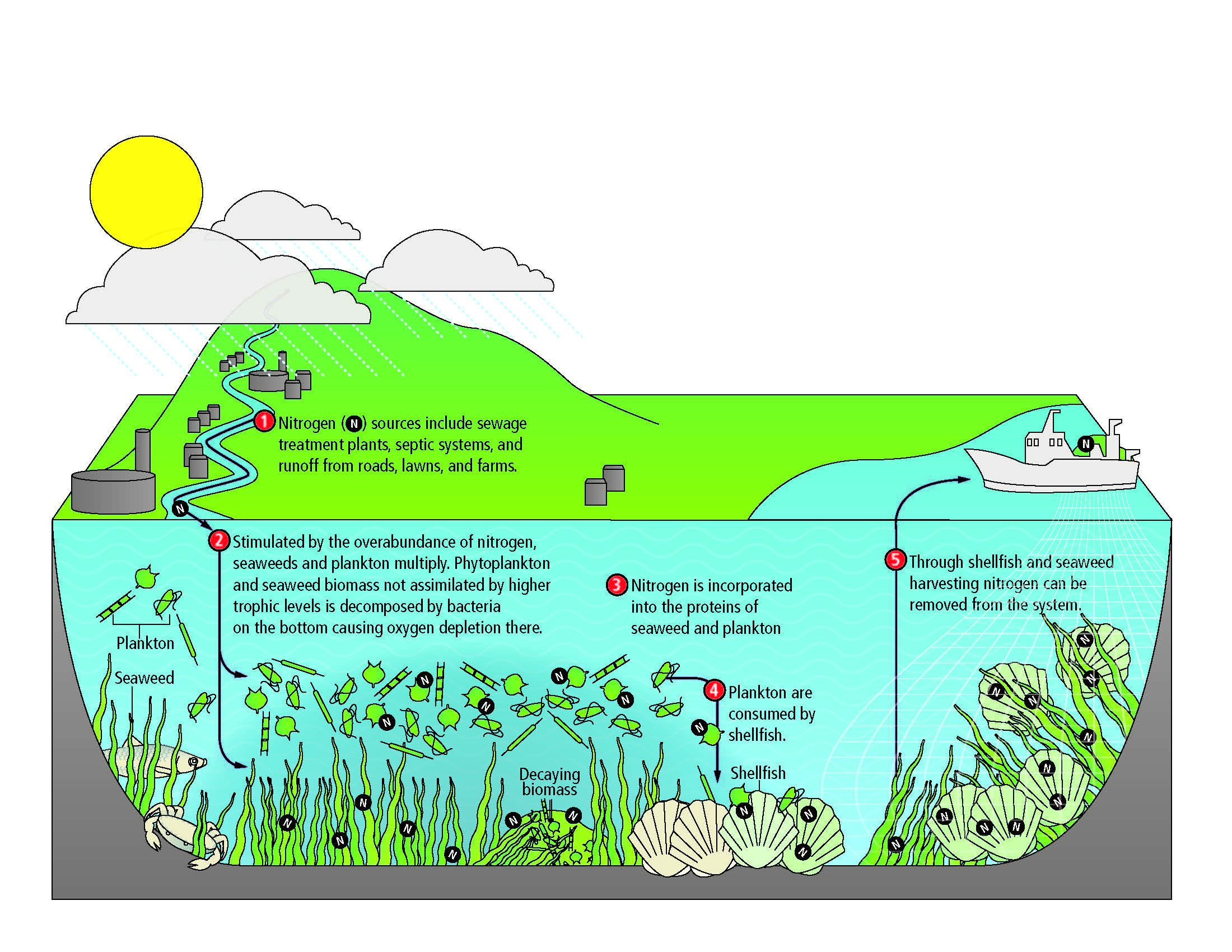Sugar Kelp
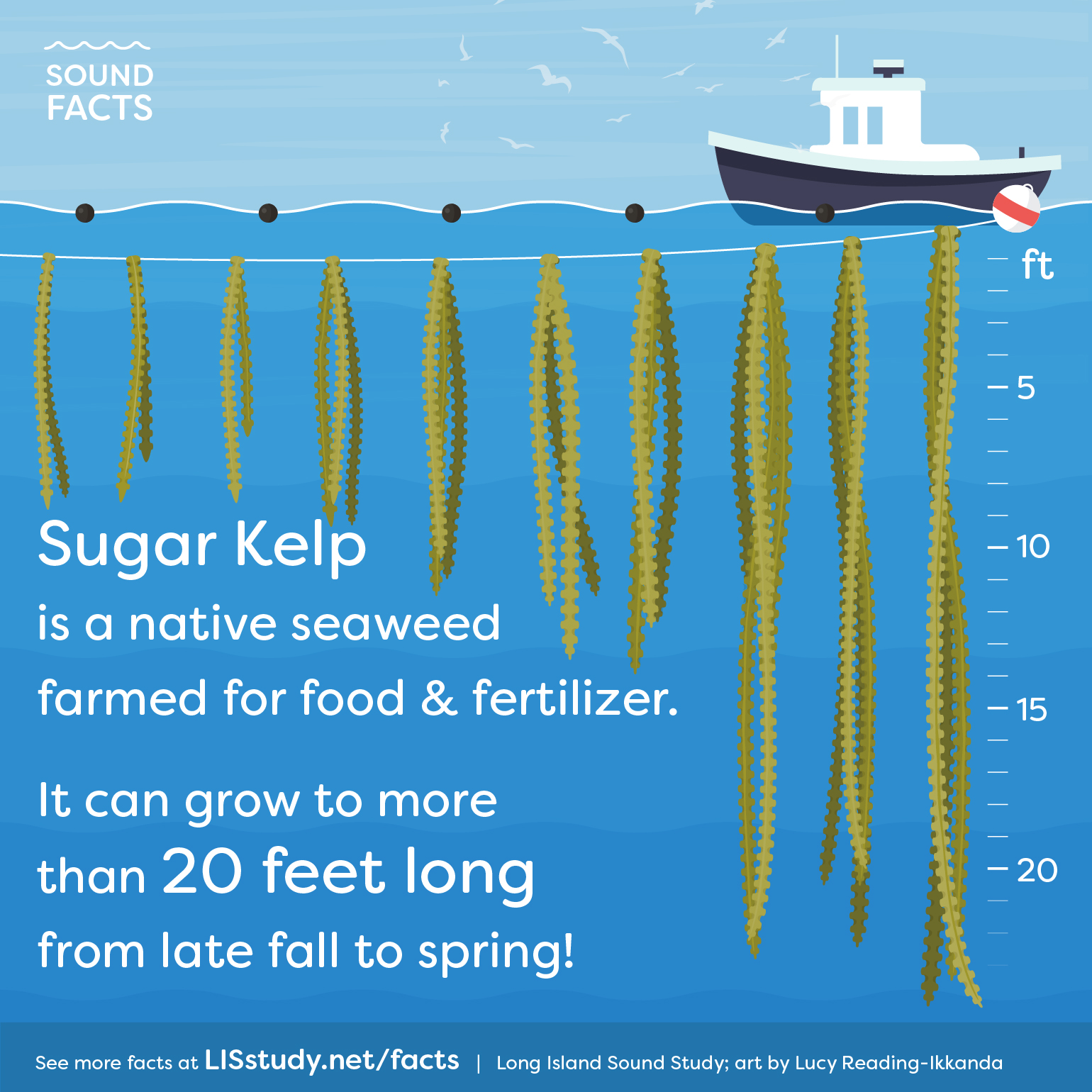
Winter is Sugar Kelp Season!
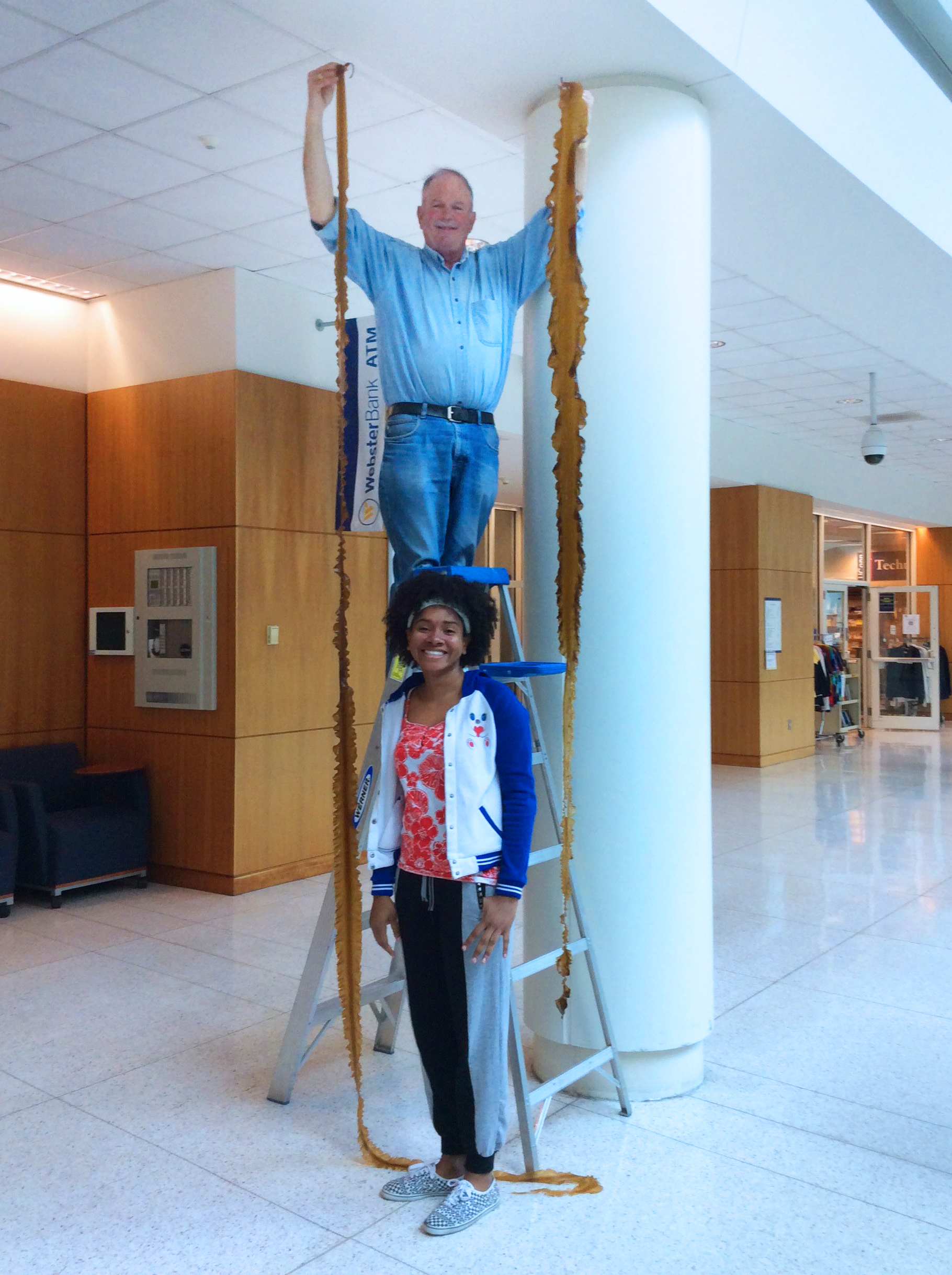
Sugar Kelp, Saccharina latissima, is a brown-colored seaweed that thrives in cold waters in Long Island Sound and other areas of the northeast. Aquaculture farmers seed juvenile kelp on long lines attached to buoys or docks in November and December, and then wait until spring to harvest the fast growing kelp crop. Dr. Charles Yarish, an emeritus professor at the University of Connecticut, said that farm-cultured kelp he has harvested for research in Long Island Sound has grown to as long as 8 meters (26.2 feet). Wild kelp also grows naturally to as long as seven meters (23 feet) in Long Island Sound.
Dr. Yarish noted that in the 1980s he had harvested kelp that grew to as much as 12 meters (39.4 feet), but over the past couple of decades the growing season has shortened as Long Island Sound waters have gotten warmer.
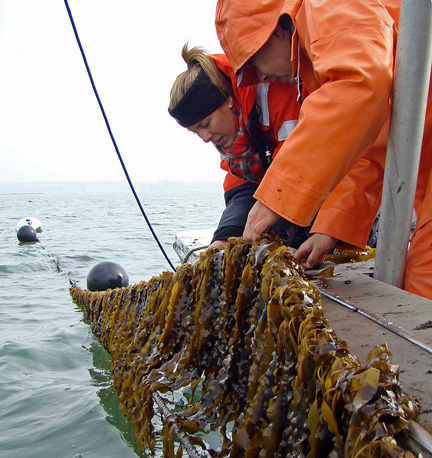
Nine years ago, a UCONN research team funded by LISS and led by Dr. Yarish investigated whether kelp can be used in the Sound to help improve water quality by reducing nutrient pollution. Kelp needs nutrients such as nitrogen to grow, but nitrogen also fuels the growth of microscopic algae, which in excess can lead to a severe drop in oxygen levels in coastal waters. In turn, severely depleted oxygen levels can harm wildlife, including inducing massive fish kills. At three farm sites in the nearshore waters off the Thimble Islands (Branford, CT), Bridgeport and Fairfield, CT, and at the mouth of the Bronx River, Yarish’s research team demonstrated that a significant amount of nitrogen is removed from the Sound when aquacultured kelp is harvested.
In recent years, LISS has continued to support these and other pilot projects—known as nutrient bioextraction—on Long Island, in the Bronx, and in the Greenwich/Stamford areas of Connecticut. You can learn about these projects in the nutrient bioextraction section of the LISS website.
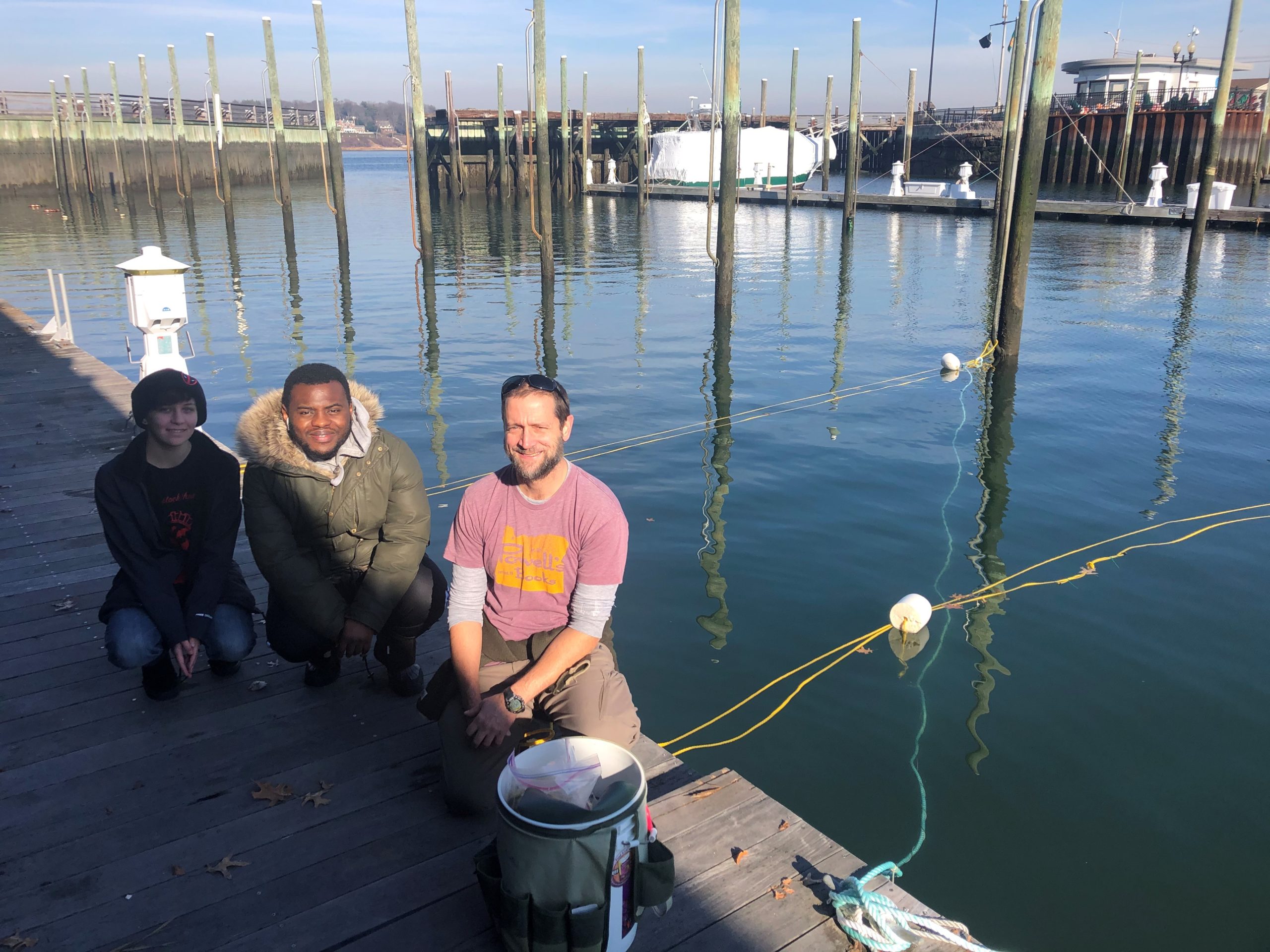
Besides the ecological benefits, kelp has many potential economic benefits as well, although it remains a challenge to develop markets for the kelp as a crop. Kelp is an excellent dietary source of fiber, vitamin C, vitamin K, iron, calcium, magnesium, iodine, and other trace minerals; it can be used dried, powdered, fresh, cooked, and fresh frozen (source: CT Department of Aquaculture). In New York, where kelp is not yet permitted to be harvested for food, pilot projects are looking at alternative uses, including extracting kelp for fertilizer. Dr. Yarish is also part of national research projects with the US Department of Energy developing a selective breeding program and scalable aquaculture of sugar kelp as well as looking into the viability of using kelp biomass as a biofuel and in other applications for food and feeds. With another one of his former post-doctoral students, Dr. Schery Umanzor, Dr. Yarish is looking at the capacity of nutrient bioextraction by kelp farms at farms in the Northeast and the Pacific Northwest of the US.
Learn More:
Other Links:
- New bioextraction pilot projects in Connecticut and Long Island waters (LISS)
- Nutrient Bioextraction: Extracting Pollution from the Sound (LISS)
- Cultivation of kelp in Connecticut (CT Department of Agriculture/Bureau of Aquaculture)
- CT Sea Grant leads project designed to spur the seaweed industry (Greenwich Time)
- Macroalgae research inspiring novel energy resources (US Department of Energy Mariner Program)
- Growing a better seaweed to fuel the future (Phys.Org)
